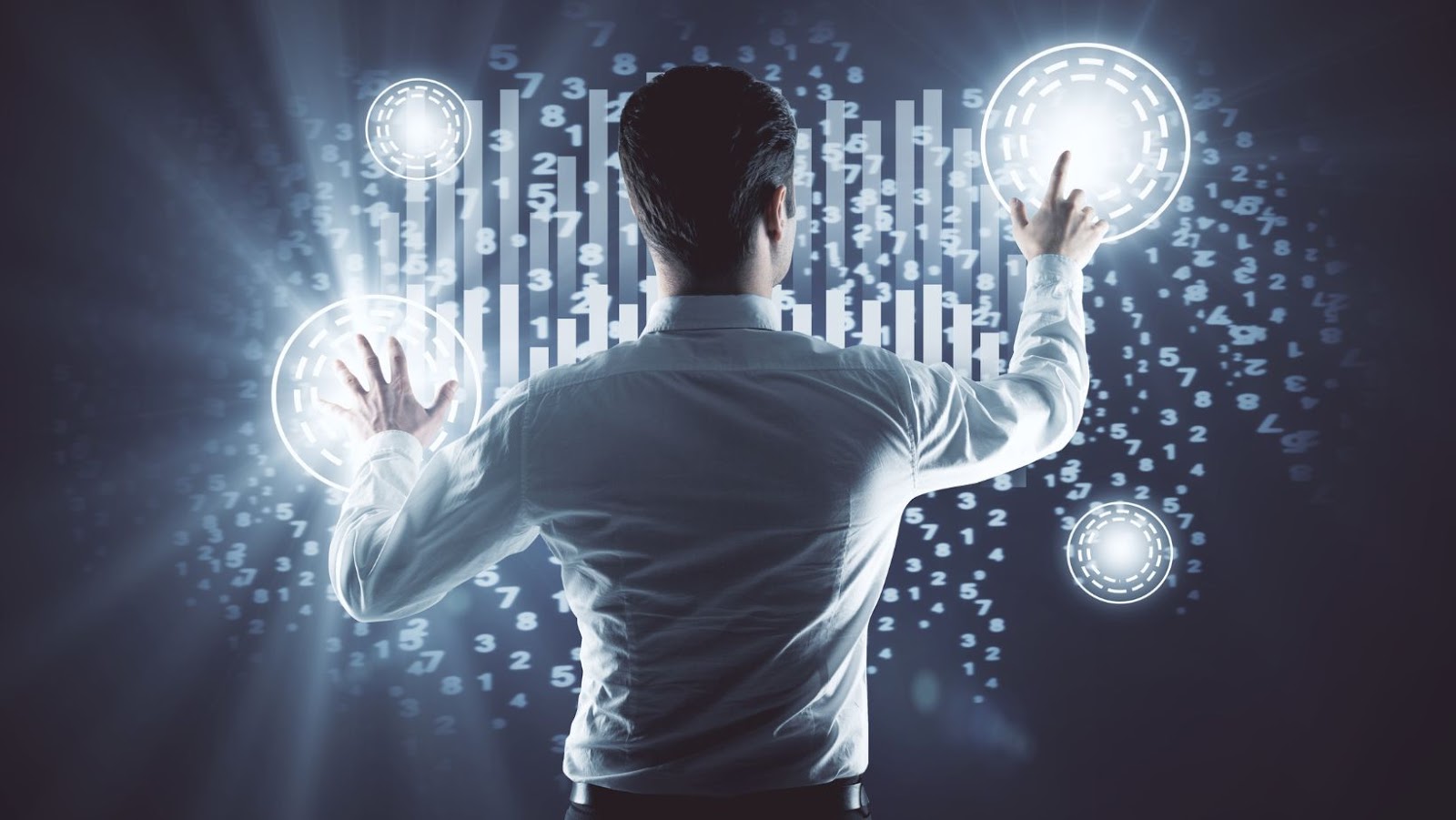The simultaneous convergence and interaction of numerous technological trends are what distinguishes the fourth industrial revolution from earlier ones. In this article, we will outline the top technological developments that will fundamentally change how we do business and live our lives.
Ubiquitous Computing
These days, we can find computers everywhere: in our cars, on our wrists, in our household appliances, and even in our pockets.
We swiftly adapted to computers and other technology, becoming smaller, lighter, cheaper, more powerful, and more commonplace as processing power improved and computer microchip size decreased. (For instance, a typical smartphone now has more computing capability than a supercomputer did ten years ago.) Looking ahead, quantum computers will likely represent the next significant advance in computing power. These machines are so quick and potent that they could be utilized to finish new, previously unachievable jobs that conventional computers can’t do.
Artificial Intelligence
The massive amount of data being produced is a key enabler for AI, which has advanced dramatically in recent years, especially in the area of “conversational AI.” AI-enabled smart speakers to respond to 100 billion voice commands in 2020 alone, which is a 75 percent increase over 2019.

The lesson for businesses is that as machine interactions advance, consumers will demand that all products and services come equipped with AI features.
Extended Reality
The word “XR” serves as a catch-all for the full range of immersive technologies, including virtual reality, augmented reality, and mixed reality. XR was first best known for immersive gaming, but it is now being employed in a variety of businesses to provide more immersive, customized experiences for both customers and employees.
Customers can now digitally test out products, for example, by placing a new sofa in their living room to see how it appears. Staff members can also learn in novel, interesting ways. Extended reality will still be heavily used in the iGaming industry, such as when you play at real money casinos — it works well in the casino industry since it offers the best of both worlds; an in-between real and virtual. A combined environment and human-machine interactions are normally generated by computers and wearables. In fact, more people are gaining access to wearables like headsets due to their reduction in price. In the future, we see extended reality becoming a part of many other businesses.
As time goes on, we’ll be seeing the world more and more in this hazy zone between the physical and digital worlds, and XR will further hasten this change. Therefore, businesses need to start thinking about how they will adapt to this and provide immersive experiences for both their clients and staff.
Smart Everything
The growing number of intelligent, connected, smart items with the ability to gather and transfer data are referred to as the “Internet of Things” (IoT). Anything that can be connected in the future will be connected. Not just in terms of tools and goods, although that is undoubtedly a crucial factor for companies, also in terms of the places where we live and work. The environments around us will increasingly be capable of monitoring what’s happening and taking appropriate action, from networked smart factories and offices to entire smart cities.
3D Printing
Almost anything may now be utilized to create 3D objects, including plastic, metal, powder, concrete, liquid, and even chocolate. Houses may now be printed in 3D.
This might revolutionize the manufacturing industry. In summary, 3D printing enables producers to generate items that are challenging to produce using conventional techniques, simplify the production process, and produce highly customized goods (including one-of-a-kind products), all while lowering waste and costs.

The main takeaway from all of these trends is that we are entering a period of rapid and continuous evolution, during which a number of tech trends will merge and build upon one another to bring about significant changes. This means that for enterprises, the era of gradual technological advancements is over. The future is one of constant change. To make sure you keep up with the changes, you can hire a dedicated development team to get your business implemented all the necessary and up-to-date technologies and trends our there.












































































































